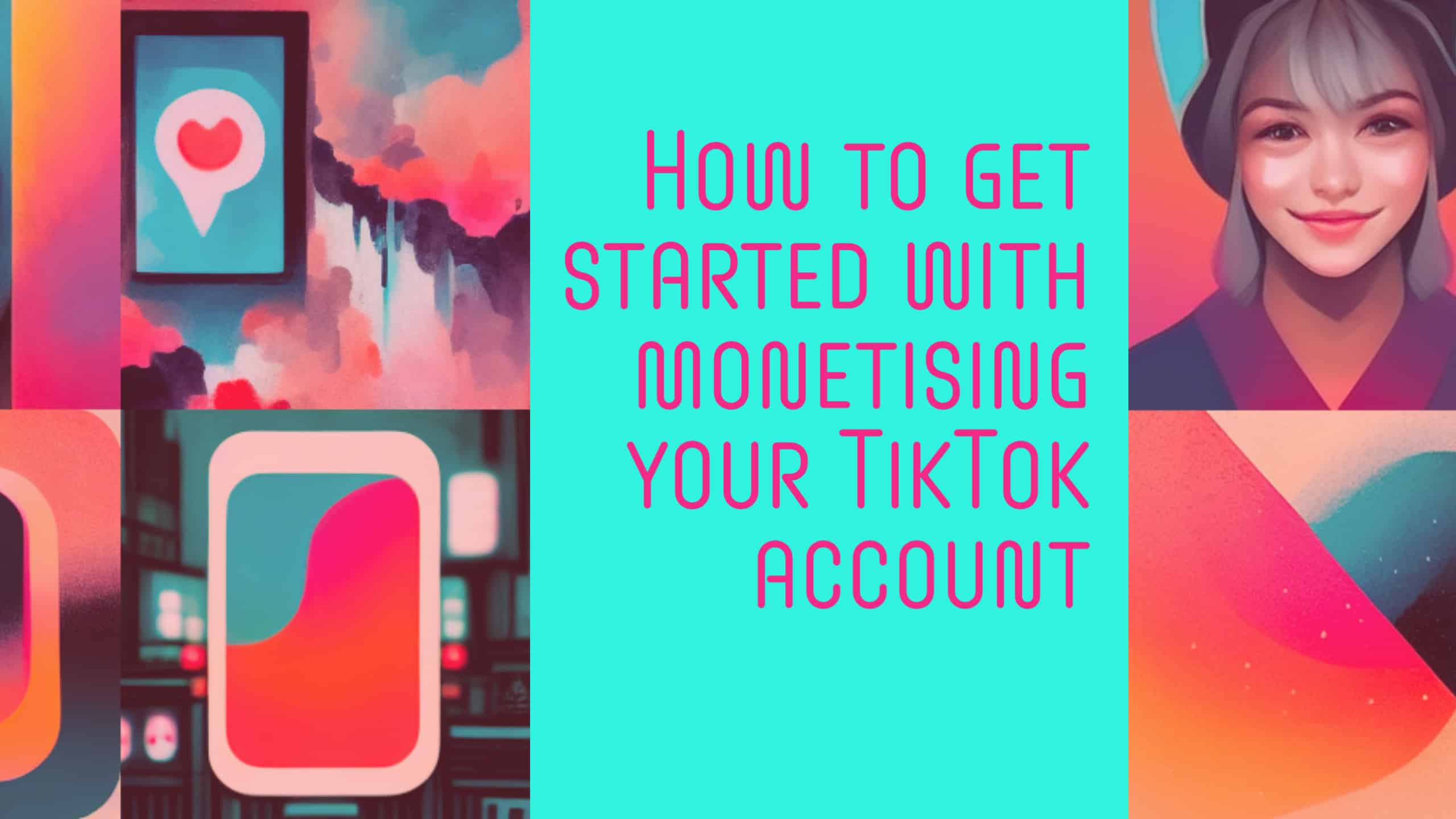This website uses cookies so that we can provide you with the best user experience possible. Cookie information is stored in your browser and performs functions such as recognising you when you return to our website and helping our team to understand which sections of the website you find most interesting and useful.
Table of Contents
You may also interested:
The TikTok platform is an excellent platform for users and businesses alike. For users, it is a great way to share video content of up to 10 minutes long. From the early TikTok dance trends, TikTok has now become a platform for a variety of content ranging from conspiracy theories to comedy to learning. Especially when it comes to learning content, TikTok is serious about its commitment to sharing bite-sized learning content in order to retain users and attract new ones, through promoting its #learningisfun and #lifeadvice hashtags.
TikTok for Business
For businesses, TikTok opened up its paid marketing platform not too long ago. For years, TikTok was reluctant to open up its paid marketing platform to the public, only allowing a select few brands to promote paid ads on its platform. This was done to get the message across to businesses that it wants businesses to put out paid marketing ads that look similar to regular content put out by content creators so as to create a seamless viewing experience for its users.
Soon after opening up the paid marketing platform, TikTok released a few more monetisation options. It allowed for direct monetisation through gifting, where users would buy TikTok coins and give content creators gifts. Content creators would then cash out those gifts via PayPal.

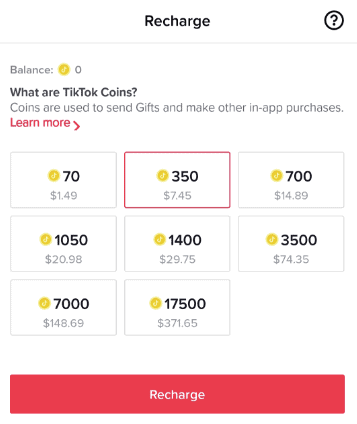
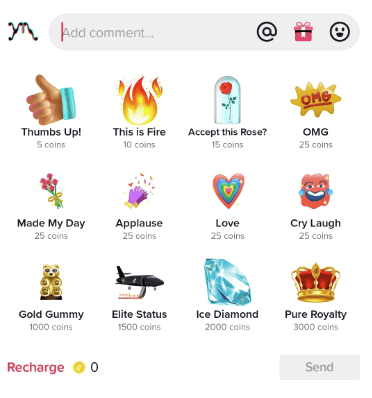
TikTok Shopping
TikTok also partnered with Shopify to integrate shopping carts into TikTok livestreams so that users may buy products from sellers directly during livestreams. This helps sellers in automation their point of sales on TikTok such that they do not need to ask their viewers to go to their websites separately to place orders. Further, orders are received in real time and sellers can promote items and process purchases directly through their livestreams.

Arguably the most anticipated monetisation feature of TikTok is TikTok Shopping. TikTok has been rolling out TikTok Shopping in various countries since early 2022. TikTok Shopping is a novel experience for social media, integrating content marketing, paid marketing, livestreams and e-commerce through the seller’s TikTok account. Effectively, TikTok Shopping allows businesses to have an inventory management system on TikTok, product pages as well as a payment gateway for purchases. For businesses, there are two ways to set up a TikTok Shop. For businesses which already are using Shopify, Square, Bigcommerce or ecwid, all they need to do is to install the TikTok app on their e-commerce store managers to activate their TikTok shop.
Steps in Using TikTok Shopping Platform
For businesses which do not use any of these platforms, they would need to register on the TikTok Shopping platform using the following steps:
Step 1
Go to the TikTok Shopping website to register as a merchant. This is based on the country one is based in. For example, merchants based in Singapore will be required to register at https://seller-sg.tiktok.com/
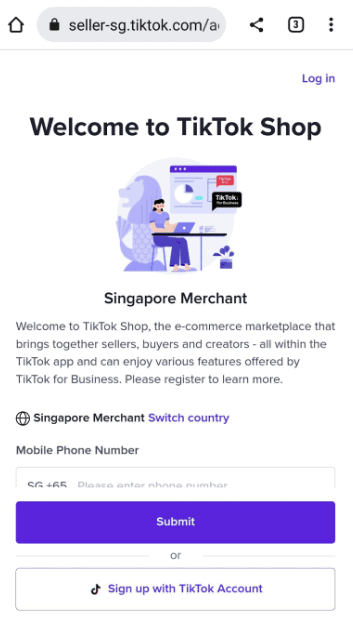
Step 2
Connect a TikTok account, or sign up for a new account.
Step 3
Add products and product details, such as photos, size options, price and colour.
Step 4
Create an affiliate marketing program with content creators on TikTok. Merchants can approach content creators to promote their products, and if buyers use the affiliate link given to specific creators, the creators will receive no less than 10% as a commission.
Step 5
Set up sales promotions to push for sales. There are options to set up product discounts, shipping fee discounts, flash deals (for a limited time only) and coupons.
Once these steps have been taken, the TikTok Shop will be live on TikTok. When customers place an order, businesses can check back on the shop manager platform. They will be able to manage orders as well as manage returns. It is imperative that businesses check on these details constantly so that orders are handled and shipped in a timely manner. Returns and refunds should also be processed without delay so as to avoid complaints. Businesses can also check on their shop analytics via their “Data Compass”. This tab provides them with data on their revenue, visitor statistics and conversion rate. Equally important is the data on “store performance”. Store performance is calculated as per the following metrics: store fault cancellation rate, late dispatch rate, and seller fault return rate.
The store performance has a direct bearing on “shop health”. Shop health is measure of how the shop fares with TikTok management. Shops which follow policy compliance, fulfil orders in a timely manner, communicate with customers efficiently and provide strong after sales service will be considered in good health. On the other hand, shops which violate policy compliance, such as selling prohibited items, do not fulfil orders in a timely manner, exhibit poor communication with customers and provide little to no after sales service will be considered as “at risk” of being shut down by TikTok management.
So what do users see from their end? A TikTok shop profile looks a little bit different from a personal or business profile. A TikTok shop profile features a catalogue tab represented with a bag icon.
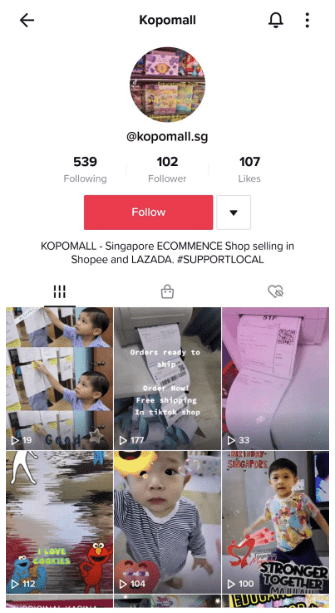
When a shop visitor clicks on the bag icon, they will see all the products listed in the catalogue.
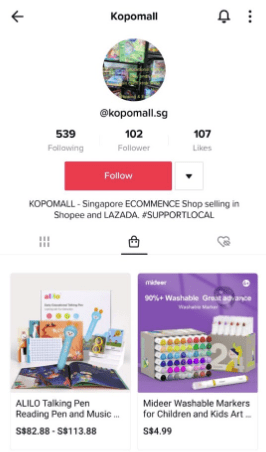
If they were to click on the photo of a product that they wish to purchase, they will be given more details on the product.
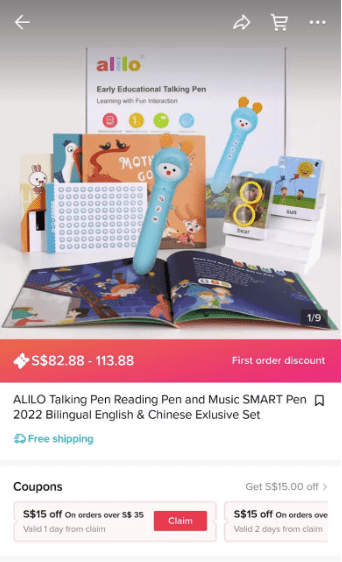
If they add this item to their shopping cart, their shopping cart icon on the upper right hand corner will indicate that there is an item in the cart.

This item can be checked out and paid for whenever they wish.
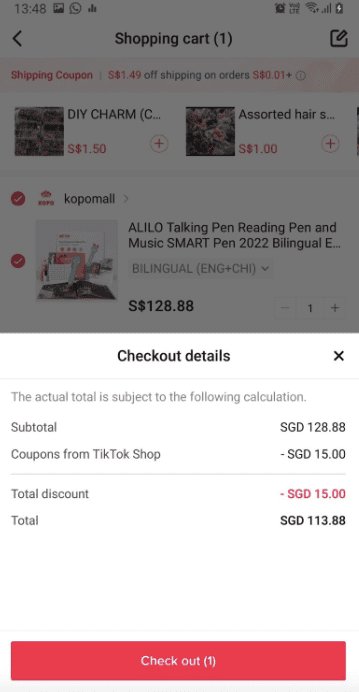
So What’s Next?
All in all, there are many monetisation options in TikTok. The gifting option allows for creators and shops to receive “donations” directly from those who appreciate their livestreams and video content. The Shopify cart integration allows businesses to sell in a more automated and efficient way though their livestreams. The paid marketing platform allows businesses to push out paid ads for sales conversions. TikTok Shopping allows businesses to manage their inventory, orders and payments efficiently through the TikTok Shopping platform. It also allows users to buy directly from TikTok without needing to be redirected to an external website. This departs significantly from other shopping attempts on other social media platforms and allow TikTok to be a place where content meets advertisements meets livestreams meets shopping.
